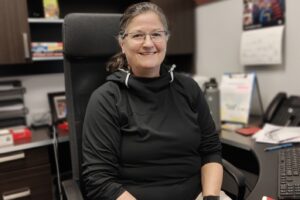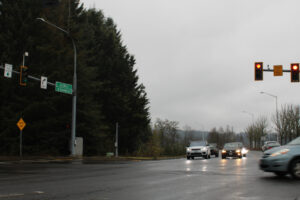A hearing examiner has approved an application to build a 175-foot wireless telecommunications tower on private property on Prune Hill, after determining the structure will not be “materially detrimental” to the area.
PI Telecom Infrastructure, LLC, of Jacksonville, Florida, and Freewire of Beaverton, Oregon, applied for a conditional use permit to build a monopole, three panel antennas, seven microwave antennas and ground equipment. The facility will be constructed on a 40- by 40-foot cement pad at 2829 N.W. 18th Ave.
The monopole would support antennas for Freewire and T-Mobile, and later a third carrier.
According to Clark County property records, there is one single-family residence on the five-acre parcel that is owned by Jean M. Nagel. The site is located partially within a wetland buffer.
“The applicants have leased a portion of the parcel for development of the wireless facility,” states a report prepared by city of Camas staff.
Hearing Examiner Joe Turner’s approval, issued Friday, came with a list of nearly two dozen conditions including requiring that equipment cabinets be painted earth tone colors and feature gabled roofs; the site be enclosed by a solid wood fence; and the monopole, antennas and other equipment mounted on the monopole be painted gray or blue.


